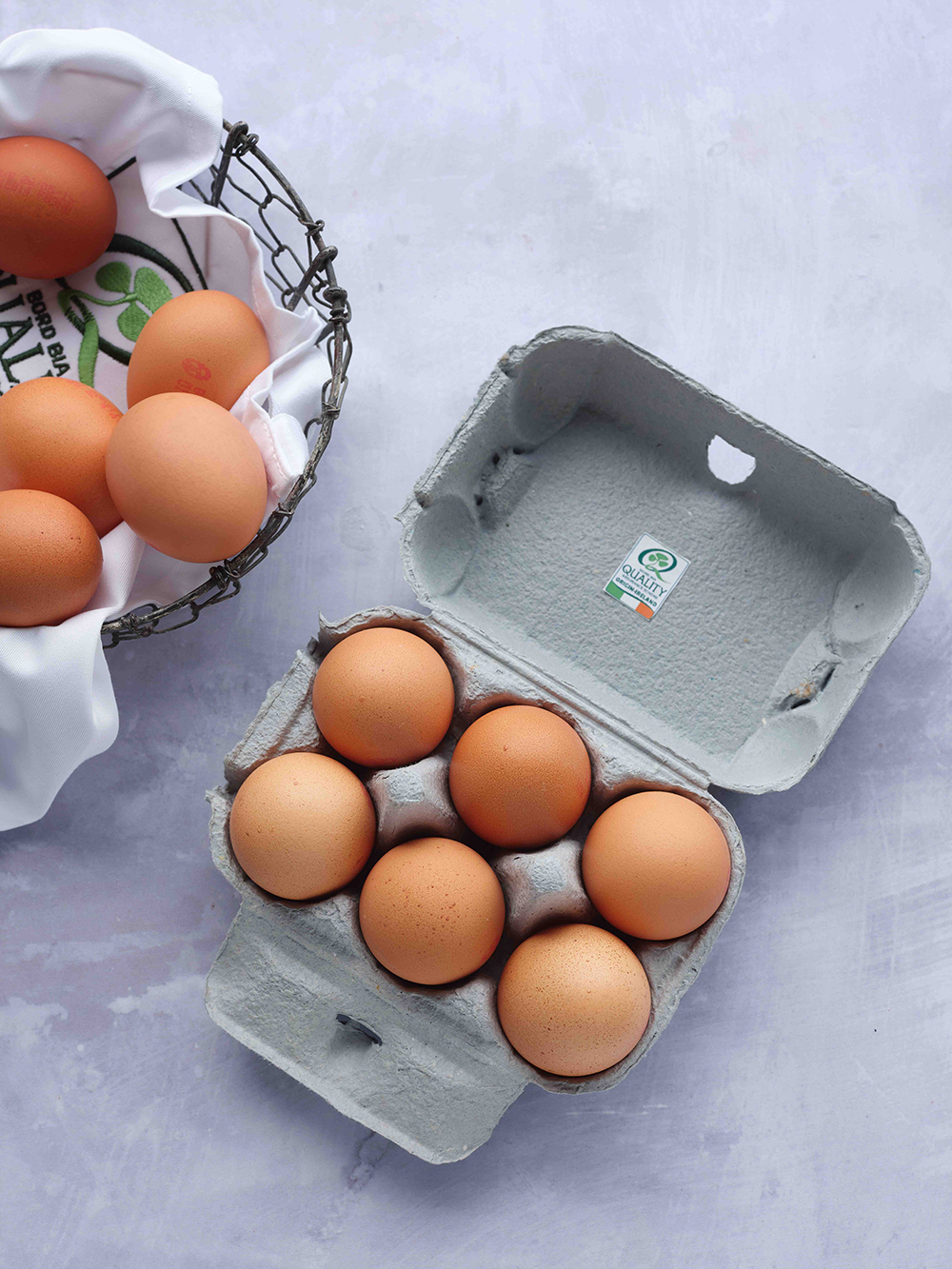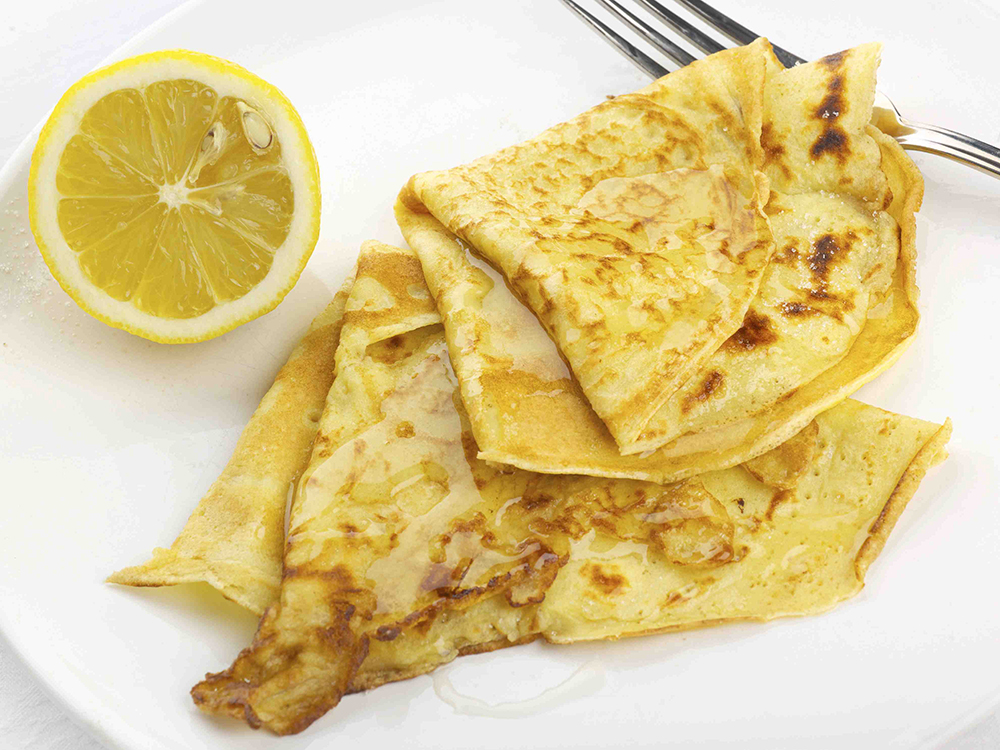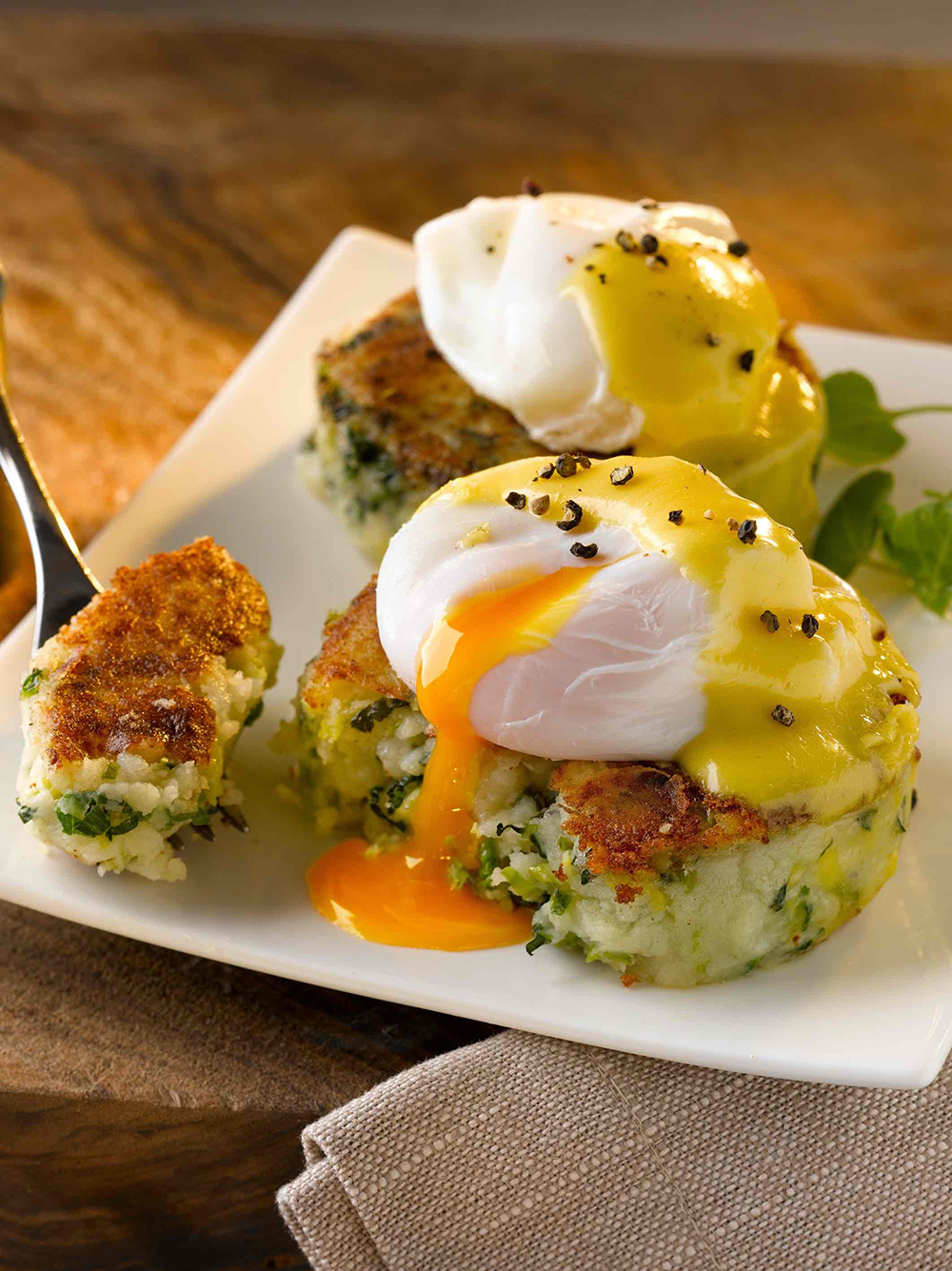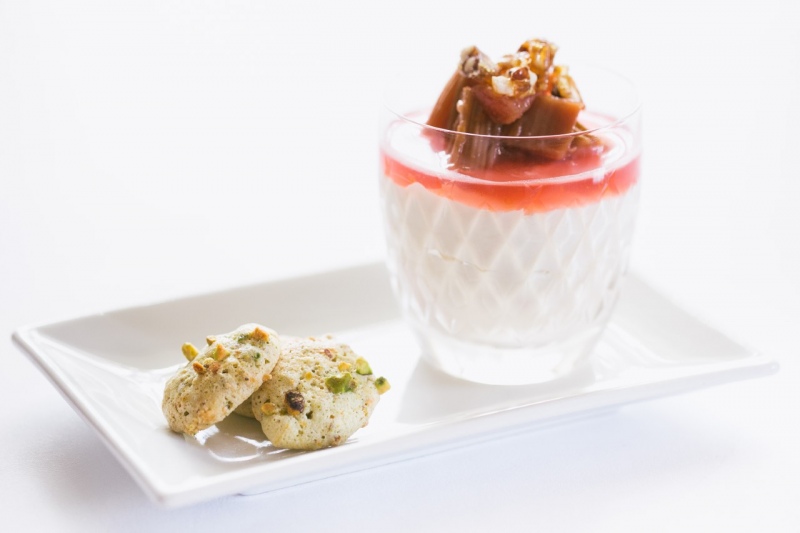Cookery Feature - Simple Seasonal Treats
Delicious pancakes hot off the pan sum up Shrove Tuesday (16th February this year) for a lot of families - and making them is fun, so it’s just what we need right now.
 But the traditions behind what has become Pancake Day are worth remembering too. With the Lenten Fast about to start on the following day, Ash Wednesday, Shrove Tuesday was a festive day to enjoy foods that would not be permitted during Lent. Abstaining not only from meat, but also eggs and all dairy products was the norm - so making pancakes on Shrove Tuesday was originally a practical way of using up surplus eggs and milk that would otherwise go to waste.
But the traditions behind what has become Pancake Day are worth remembering too. With the Lenten Fast about to start on the following day, Ash Wednesday, Shrove Tuesday was a festive day to enjoy foods that would not be permitted during Lent. Abstaining not only from meat, but also eggs and all dairy products was the norm - so making pancakes on Shrove Tuesday was originally a practical way of using up surplus eggs and milk that would otherwise go to waste.
The rather dubious honour of tossing the first pancake went to the eldest unmarried daughter whose luck in having 'the pick of the boys' depended on tossing it neatly - otherwise, if she 'tossed the cake crooked' (when somebody jogged her elbow, for example!) she had no chance of marrying in the coming year. If successful, she cut the pancake into as many pieces as there were guests and handed them round. Similar to Halloween sometimes the mother's wedding ring was slipped into the batter used for the first pancake and the person who got the lucky slice would not only be first married but especially fortunate in their choice of husband or wife.
The old Irish tradition was for buttermilk pancakes, made with or without eggs according to availability and more like a drop scone than a modern pancake, but the universal pancake well-known in other countries is the one that now keeps the modern Pancake Tuesday tradition alive and well. And, although pancakes are extremely versatile - folded, rolled or stacked, served with sweet or savoury fillings… - and they freeze well too, there’s nothing to compare with the delicious simplicity of a sprinkling of caster sugar and a good squeeze of fresh lemon juice on a pancake hot off the pan. Lemons are available all year, of course, but can it be coincidence that they are at their peak season just when they’re needed for using up kitchen perishables like milk and eggs in this last treat before Lent?

Pancakes with Lemon - How To Make Perfect Pancakes
• A good, heavy cast-iron pan is best, it must be preheated and very hot before any fat is added.
• The best fat is not oil (or butter, which burns too easily) but a hard block white cooking fat such as Frytex, which you quickly smear over the pan to make a thin film of hot fat just before adding the batter.
• Keep the batter in a jug beside the hob and use a ladle.
• The first pancake is always a disaster (but tastes just as delicious - cook's perk) but, once the pan is seasoned, it will work a treat and you very quickly learn to judge exactly the amount of batter needed to swirl around the pan and just reach the edges.
Basic Pancake Batter - makes about 8-10 pancakes.
l egg
4 oz/100g plain flour
½ pint/300ml milk
Pinch of salt.
1. Put all of the ingredients into a food processor or liquidiser in the order given and blend for a minute or so, until thoroughly mixed and smooth, with bubbles rising. Traditionally, a hand beaten batter is left to rest for an hour before use, but this is unnecessary when using a blender or food processor.
2. Before cooking, pour the prepared batter into a jug and have it ready beside the cooker, with a ladle. Also have all the necessary warmed plates, caster sugar and lemon juice ready to hand as, once you start making the pancakes, you have to keep up the momentum and there's no time for anything else.
3. To cook, heat a heavy frying pan, preferably cast-iron, over high heat. Smear lightly with white cooking fat, leave a moment until just smoking, then pour on a ladleful of batter. Quickly tilt the pan around - if you have judged the amount of batter correctly, it will just thinly cover the whole of the base of the pan.
4. Cook for about a minute, until the top is set and the bottom browned, then flip (or toss) over and cook the other side for about half a minute. Slide onto a warm plate, put the pan back onto the heat, sprinkle with caster sugar and lemon juice, roll up quickly and pass to the first taker. Re-grease the pan and continue in the same way until all the batter has been used up.
5. In polite households it may seem more appropriate to keep the pancakes warm and serve everyone at the same time -it is certainly more polite, but they never taste as good.
 Colcannon Cakes with Poached Eggs and Hollandaise
Colcannon Cakes with Poached Eggs and Hollandaise
There are echoes of Hallowe’en in other treats made with dairy and eggs that would have been enjoyed in the days coming up to Ash Wednesday too, such as a simple version of this tasty little dish. The runny poached egg on top is irresistible on its own, but it would also be delicious served with a slice of baked ham or bacon if you have any leftover - or you could chop up the ham or bacon and add it to the colcannon mixture before shaping into patties. Serves 4
450g potatoes, peeled
40g butter
3 scallions, finely chopped
50g Savoy cabbage or curly kale, shredded
A little salt and freshly-cracked black pepper
A little plain flour, for dusting
Olive oil, for frying
1 tablespoon white wine vinegar
4 large eggs
FOR THE HOLLANDAISE SAUCE
2 teaspoons white wine or tarragon vinegar
2 large egg yolks
100g unsalted butter
1. Cook the potatoes in a covered pan of boiling salted water for 15-20 minutes until tender.
2. Meanwhile, heat a knob of the butter and one tablespoon of water in a heavy-based pan with a lid, over a high heat. When the butter has melted and formed an emulsion, add the scallions and cabbage or kale with a pinch of salt. Cover, shake vigorously and cook over a high heat for 1 minute. Shake the pan again and cook for another minute, then season with pepper.
3. Drain the potatoes and mash until smooth, then beat in the remaining butter. Fold in the cabbage mixture. Shape the mixture into four balls, dust with flour and press into neat patties.
4. Heat a thin film of olive oil in a heavy-based frying pan and add the patties, then cook for 3-4 minutes on each side until golden brown.
5. To make the poached eggs, bring a large pan of water to the boil. Add the vinegar and season with salt and keep at a very gentle simmer. Break the eggs into the water and simmer for 3-4 minutes until just cooked but still soft on the inside. Remove with a slotted spoon and drain well on kitchen paper, trimming away any very ragged edges.
6. To make the hollandaise sauce, place the vinegar and egg yolks in a food processor with a pinch of salt. Blend until just combined.
7. Gently heat the butter in a heavy-based pan until melted and just beginning to foam. Turn on the food processor and with the motor running at medium speed, pour in the melted butter in a thin, steady stream through the feeder tube. Continue to blitz for another 5 seconds and pour back into the pan but do not return to the heat. Allow the heat from the pan to finish thickening the sauce as you stir it gently for another minute before serving. Season to taste with salt.
8. To serve, place a colcannon cake on each warmed plate and place a poached egg on top of each one. Spoon over the hollandaise sauce and add a grinding of black pepper.
 Lemon Posset, Poached Newforge Rhubarb And Pistachio & Orange Biscuits
Lemon Posset, Poached Newforge Rhubarb And Pistachio & Orange Biscuits
And how about this elegant and super delicious dessert from Newforge House, in Magheralin, Co Armagh, which might be just the ticket for that Valentine’s Day dinner - it’s pretty and more refreshing than the usual chocolate desserts. The lemon posset is another delicious way with eggs (and cream) and the lovely pink new season rhubarb is just coming into the shops this month. It’s ideal for entertaining, when that finally becomes possible again, but it can also be scaled down - and the elements are all delicious separately. And if a wonderful salt-aged Glenarm Shorthorn steak would be just the business for mains, consider the amazing Peter Hannan Meats which happens to be near Newforge at Moira - available direct (personal shoppers or online), or from James Whelan Butchers.
Serves 8
LEMON POSSET
900ml double cream
250g caster sugar
125ml lemon juice (c.4 lemons)
1. Place the double cream and the sugar into a large pan over a low heat and bring to the boil slowly. Turn down the heat and simmer gently for 5 minutes.
2. Add the lemon juice, mix well and bring back to the boil. Remove from the heat and allow to cool for 10 minutes.
3. Pour the lemon cream mixture into eight large serving glasses and refrigerate for three hours.
POACHED RHUBARB
Ingredients
550g rhubarb
150g caster sugar
60ml elderflower cordial
1 lemon, zested and juiced
1. Heat oven to 180C.
2. Rinse the rhubarb and shake off the excess water. Trim the ends and cut the rhubarb into little finger-sized pieces. Put the rhubarb in a shallow dish or baking sheet with sides that is big enough to hold the rhubarb in a single layer. Pour over the cordial, juice and zest, and sprinkle on the sugar.
3. Cover with foil and roast for 10 minutes. Remove the foil. The sugar should have dissolved, so give everything a little shake and roast for another 5 minutes or until tender and the juices are syrupy. Test with a sharp knife; the rhubarb should feel tender, not mushy, and still have kept its shape.
4. Once cool, gently transfer the rhubarb and cooking syrup to a lidded plastic container and store in the fridge for up to one week.
PISTACHIO & ORANGE MERINGUE BISCUITS
(Dairy & Gluten-Free)
150g shelled unsalted pistachios
175g caster sugar
3tbsp finely grated orange zest
50g plain gluten-free flour
3 large egg whites
1.Preheat the oven to 160C fan. Line 2 large baking sheets with non-stick liner.
2. In a food processor, blitz the pistachios into small chunks. Remove approx one-quarter of the chunks and leave to one side. Continue to blitz the remaining pistachios to a powder. Don’t worry if some little chunks remain.
3. Transfer the powdered pistachios to a bowl and stir in 115g of the sugar and the orange zest, then sift in the flour.
4. In a separate bowl, whisk the egg whites until soft peaks form. Gradually whisk in the remaining 60g sugar and whisk until glossy and stiff.
5. Fold the egg whites into the dry mix.
6. Place heaped teaspoonfuls of the meringue mix onto the prepared baking sheets spacing well apart. Sprinkle each biscuit with a pinch of the pistachio chunks before cooking. Bake for 10-15mins until quite puffy, and only slightly browned and set at the edges. The cookies should still be soft in the middle.
7. Leave the biscuits to cool on the tray for 10mins until removing with a pallet knife to cool on a wire rack.
8. Store in an airtight tin for up to 5 days. These biscuits freeze really well for up to 1 month and defrost rapidly as they are very light and airy.





There are currently no comments
Leave a comment
Not a member? Register for your free membership now!
Or leave a comment by logging in with: